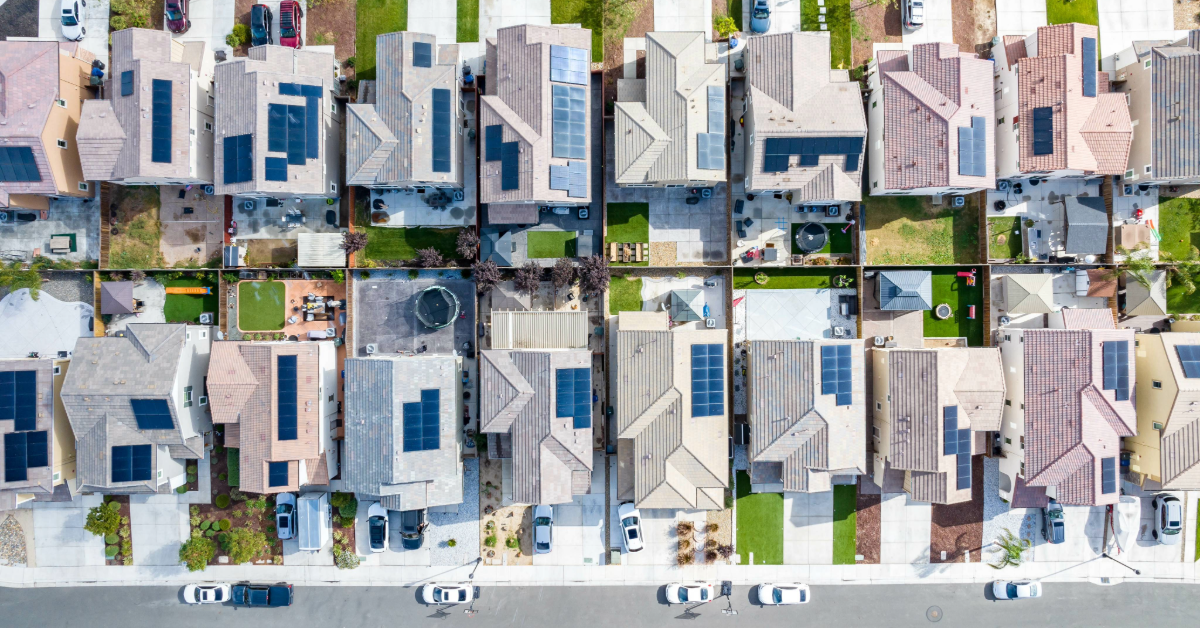Integrated System Planning (ISP) - Where to Begin
In some of our recent blogs, we discussed why there is a need for utilities and energy organizations to adopt a new planning methodology for...

In our last blog, we discussed the traditional method utilities and energy organizations have taken to planning – conducting multiple resource’s planning in different departments with a wide variety of systems, data, timelines, etc. We also discussed why the changing energy landscape (due to energy transition and decarbonization initiatives), has mandated the need for a new planning methodology that views these areas simply as parts of one holistic and integrated energy system, which must be planned for as just that – a holistic, unified, energy system. This is where integrated system planning (ISP) comes in. In this blog, we’ll dive into what integrated system planning is in more detail.
ISP is a new approach to energy planning, which accounts for these traditionally disparate systems as a whole. ISP is a planning methodology which recognizes that the energy landscape is changing, and the impact one area of the system has on another simply cannot be discounted or ignored. The thought is that if utilities and energy organizations are to plan effectively and successfully, they will need to adopt a holistic approach. ISP is this approach, a new mindset. However, because it’s a new methodology, it can be defined and implemented differently. Here are some other definitions and explanations of ISP:
Here at Energy Exemplar, our experts see planning moving from this:

To this:
.png?width=1200&height=628&name=ISP%20(1).png)
In this new format, planning departments access and leverage coordinated load forecasts, system reliability and adequacy inputs, stakeholder feedback inputs, scenario correlation and version data to create an optimal investment plan for a modern, cleaner, reliable, cost effective and adaptable energy system. This optimal investment plan will result in improved reliability, correlated forecast scenarios, data fidelity, preparation for extreme weather events, correlation between energy commodities, and improved collaboration with stakeholders.
If you're interested in an even more detailed explanation of ISP, check out this recorded presentation by Carlos Romero, Principal Technical Sales at Energy Exemplar.
Industry experts, including those at Energy Exemplar, see ISP as a requirement for effective, efficient, and successful planning moving into the future. While the industry is driving organizations towards this new methodology, so are regulators. In 2022, the FERC issued a Notice of Proposed Rulemaking (NOPR) on Transmission Planning, Cost Allocation, and Generator Interconnection which seeks to address finding more effective ways to conduct longer term regional transmission planning – planning further into the future and incorporating more scenarios into that planning. Additionally, the NOPR proposes that regional transmission facility costs be better allocated – considering a broader set of transmission benefit recipients, while also seeking agreement of relevant state entities who may benefit from the selected long-term transmission planning. While the NOPR does not mandate ISP, it certainly points to a requirement for different planning segments and departments to further coordinate long-term planning, and to shift planning methodologies.
While ISP is the way of the future, because it is a new methodology, there is not one tried and true approach. In our next blog, we will discuss the approach some first movers and early adopters are taking to ISP, and we will additionally share the approach suggested by our internal Energy Exemplar expert Carlos Romero. To be sure not to miss it, sign up for our newsletter and we will deliver it straight to your inbox!

In some of our recent blogs, we discussed why there is a need for utilities and energy organizations to adopt a new planning methodology for...

The energy industry has undergone significant change in the past twenty years or so, and while new technologies enter the stage, and older players...

Originally published on Utility Dive on July 08, 2024 Generating and delivering energy to homes and businesses has never been a simple task. In...